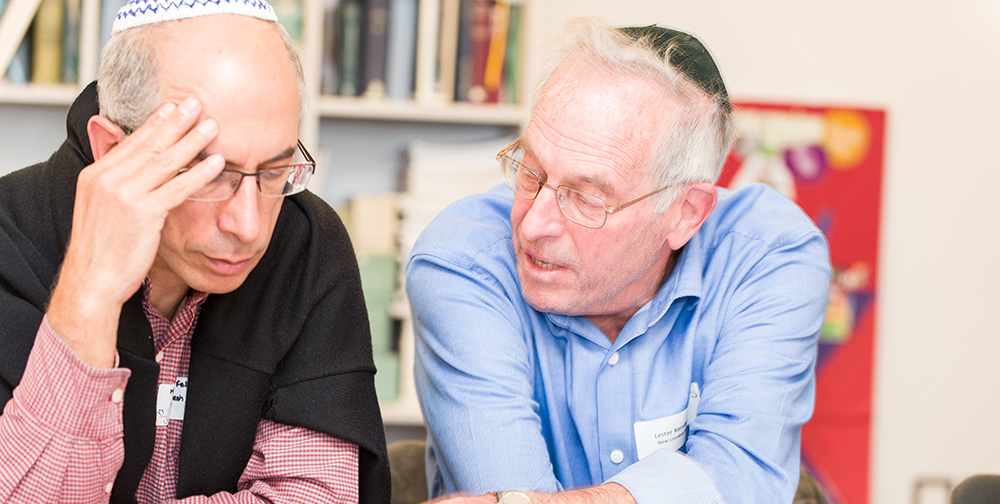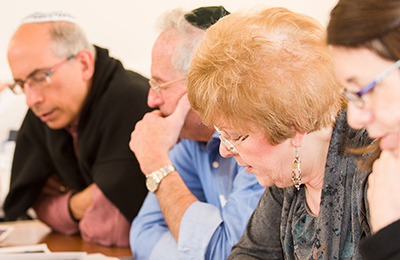Tazria

Two situations are presented in this week’s parashah, Parashat Tazria, which bring a person from a state of taharah (often translated as ‘purity’) to a state of tumah (‘impurity’): childbirth, and the mysterious affliction of tzara’at. In his work ‘Halakhic Man’, Rav Soloveitchik describes tumah and taharah as being related to death. Both experiences of tumah discussed this week are clearly connected with mortality; other experiences listed in the Torah readings for last week and next week may be less obvious, but nonetheless can be understood within this framework: for example, menstruation and emissions are associated with the loss of potential for life. Rav Soloveitchik argues that these statuses exist because Judaism is preoccupied with life, and rejects the reverence for death found in some other traditions.
Rav Soloveitchik’s characterisation helps to clarify the reason for the strange placement of the laws of tumah and taharah within the Torah. These instructions constitute an abrupt interlude in the narrative of Nadav and Avihu, the sons of Aaron who died in the Tabernacle after bringing unexpected offerings before God. The main consequence of a person being tamei (‘impure’) is that they may not enter into the courtyard of the Tabernacle (and later the Temple). If being tamei is about contact with death, the story of the deaths of Nadav and Avihu in the Tabernacle is a thematically appropriate place for these instructions to appear.
However, there is a particular aspect of Parashat Tazria that is difficult to understand within Rav Soloveitchik’s paradigm: after completing her days of tumah, the new mother is to bring two offerings to the Tabernacle (later, the Temple): one burnt offering and one sin offering (chatat). A sin offering implies a sin, but there is no misdeed attached to pregnancy and childbirth. The classical commentaries have surprisingly little to offer in explanation for this discrepancy. Thankfully, the modern biblical commentator Nechama Leibowitz approached this question with fresh insight in her work ‘Studies in Vayikra’. Leibowitz compares the experience of the new mother to the experience of the prophet Isaiah in his vision of the heavenly court. Upon witnessing the angels declare ‘kadosh, kadosh, kadosh‘ (‘holy, holy, holy’), Isaiah proclaims (Isaiah 6:5): ‘Woe to me, for I am undone; for I am a man of tamei lips, and I dwell in the midst of a people of tamei lips; for my eyes have seen the sovereign, the Lord of Hosts.’ Isaiah’s experience of holiness is so radical that he is brought to painful awareness of his place in universe, his flaws, his status as dust and ashes. For Leibowitz, it is not only the brush with mortality that defines the experience of the new mother, it is a radical shift in consciousness. She brings a chatat offering not due to a new sin, but due to a new awareness of her status as dust and ashes.
When the Tabernacle travelled with us in the wilderness, and when the Temple stood in Jerusalem, our relationships with these holy spaces were impacted significantly by moments in which we approached the line between life and death. Whether it is due to fear of death or painful awareness of our transience, it remains true that we are changed when we are taken to the edge of what it means to be mortal.
Natasha Mann is a member of New London Synagogue and a rabbinical student at the Ziegler School of Rabbinic Studies in LA, California.




